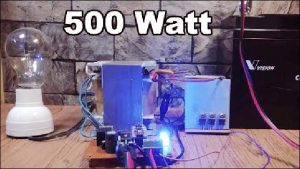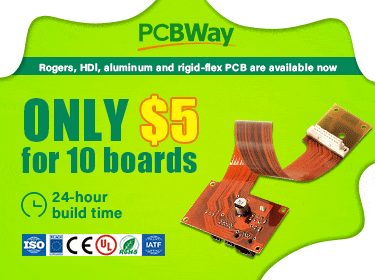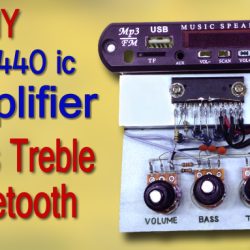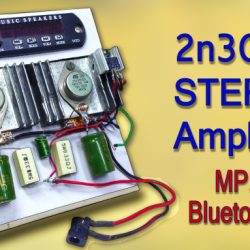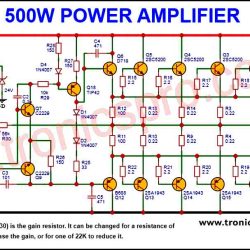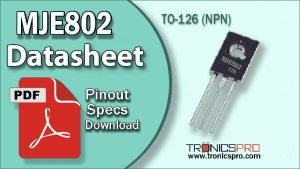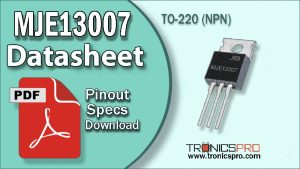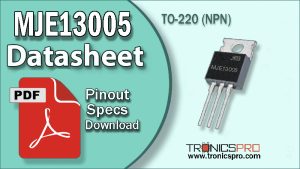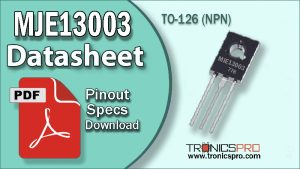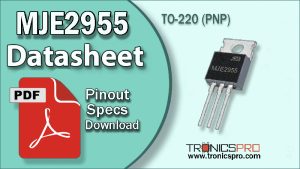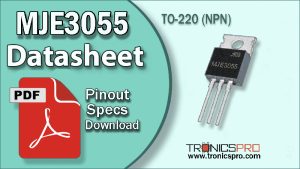Introduction
Soldering irons are important tools that are used in electronic repair work. It is an indispensable tool for many electronic hobbyists and repair technicians. A digital soldering station provides an accurate and precise temperature control system, making it a better and safer alternative to traditional soldering irons. However, commercial soldering stations can be quite expensive. In this DIY project, we will guide you through the steps to make a DIY digital soldering station using an Arduino Nano.

Circuit Diagram of DIY Digital Soldering Station
This project can be designed using a few basic components. The circuit diagram of this project is shown below.
More Circuit Layouts
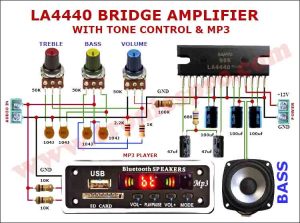

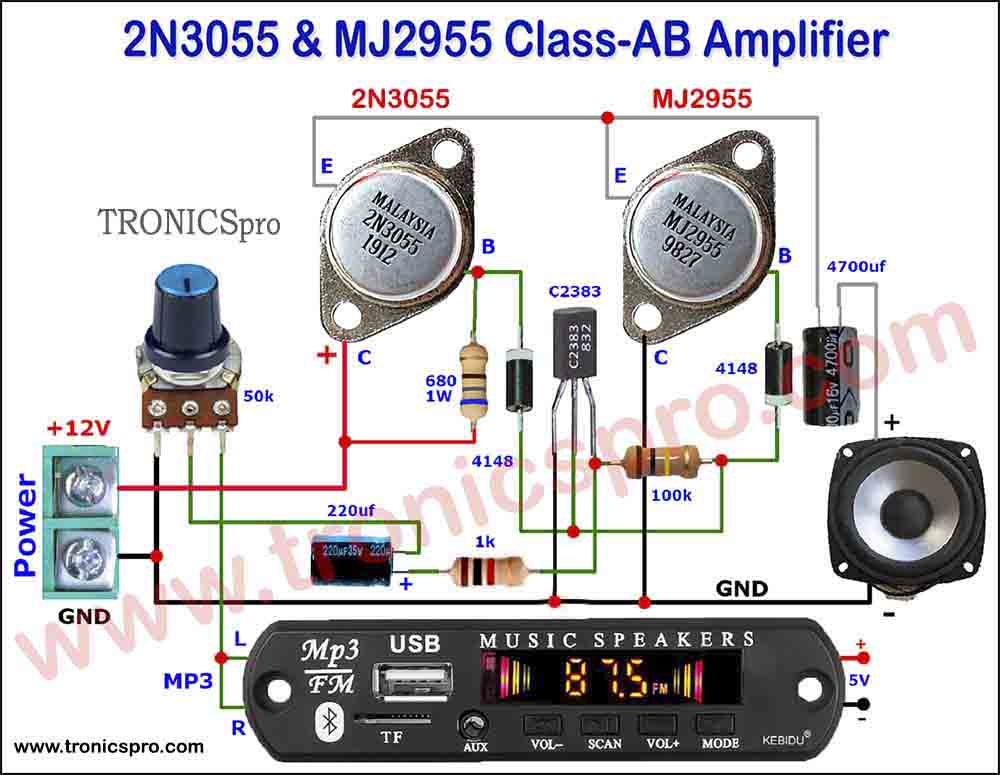

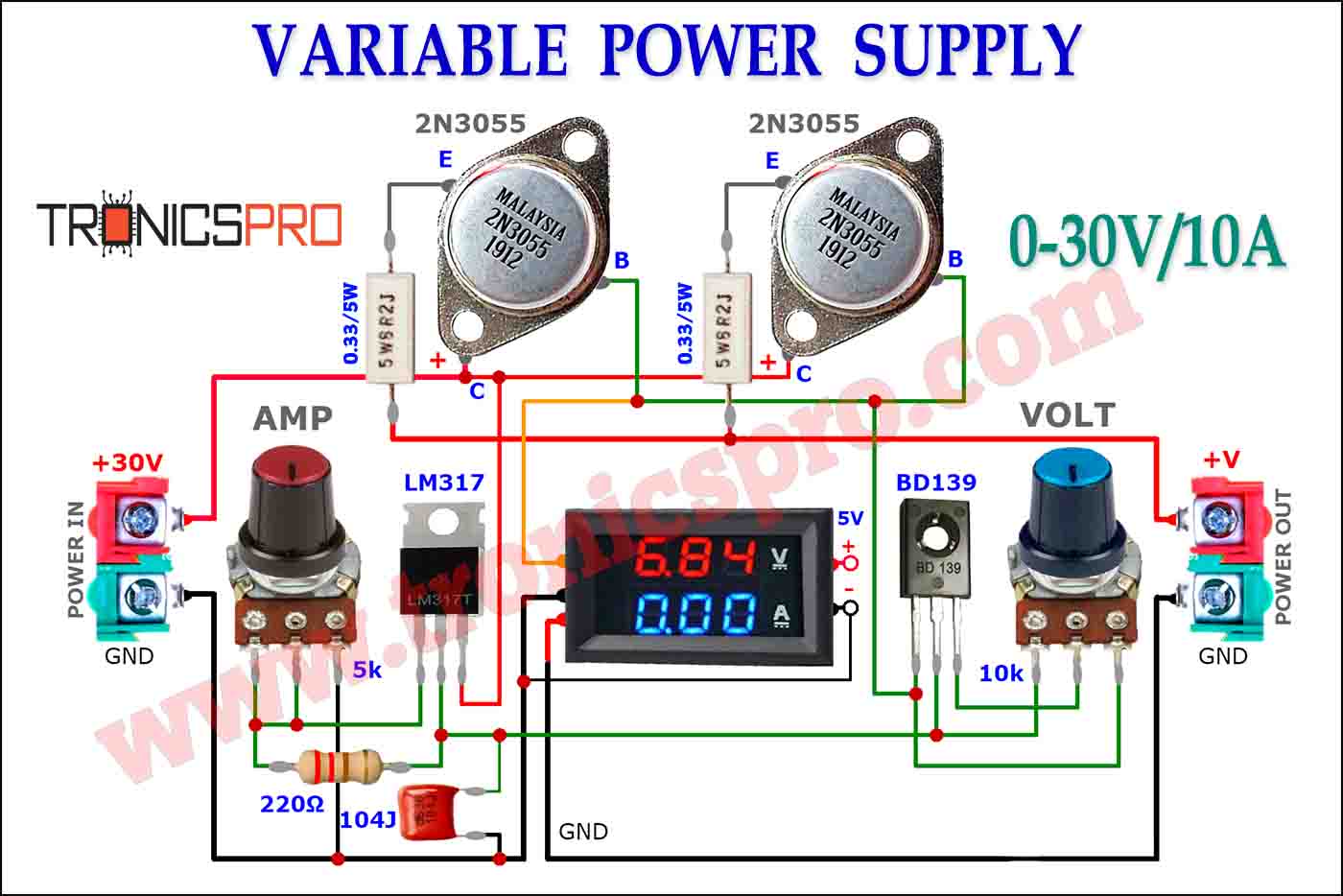
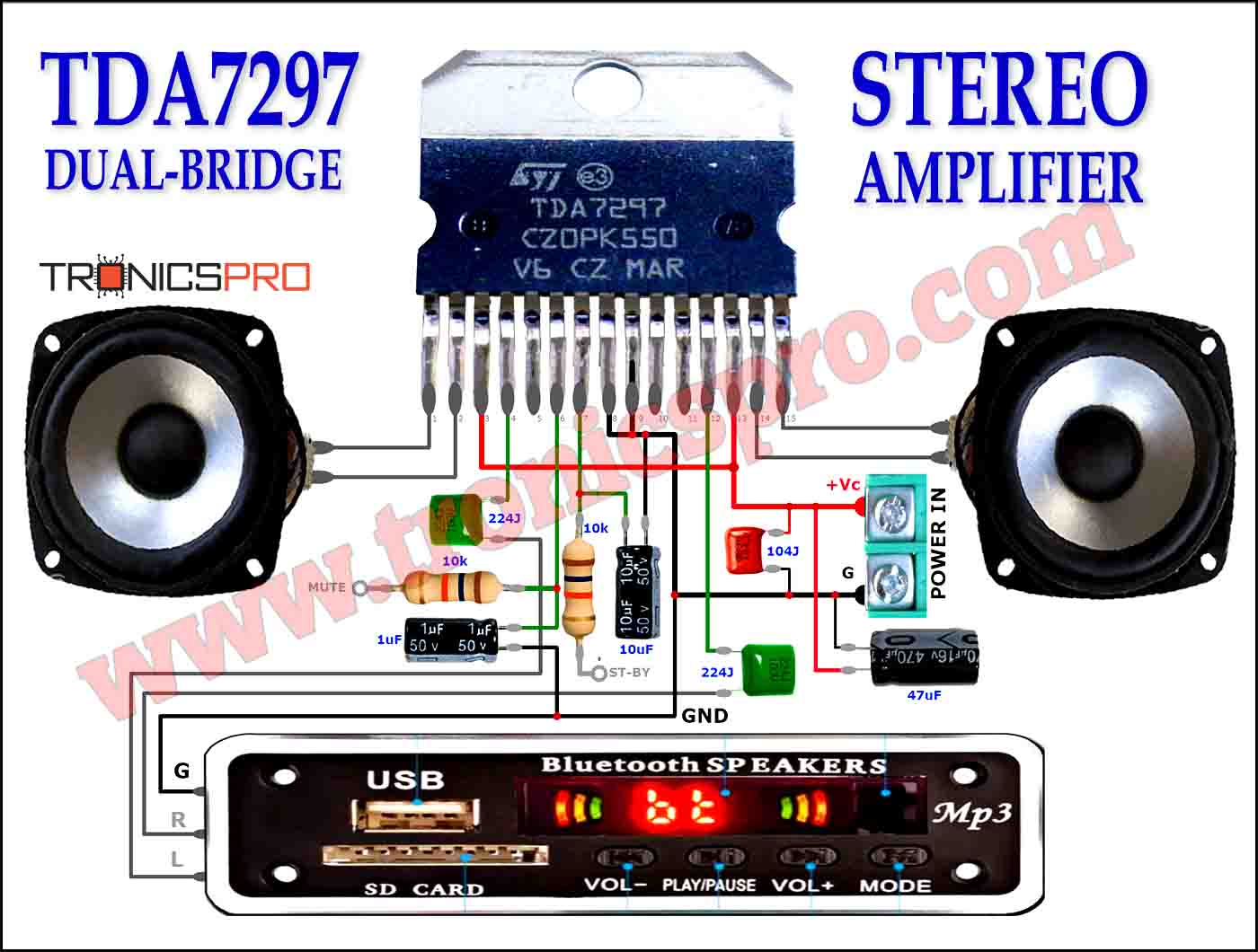
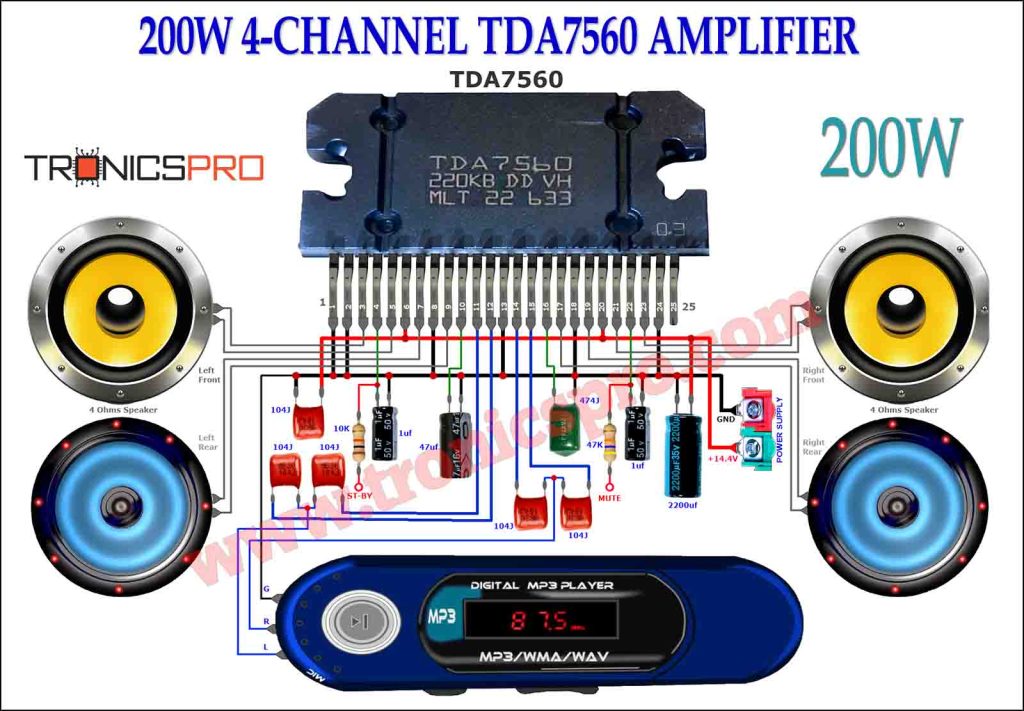
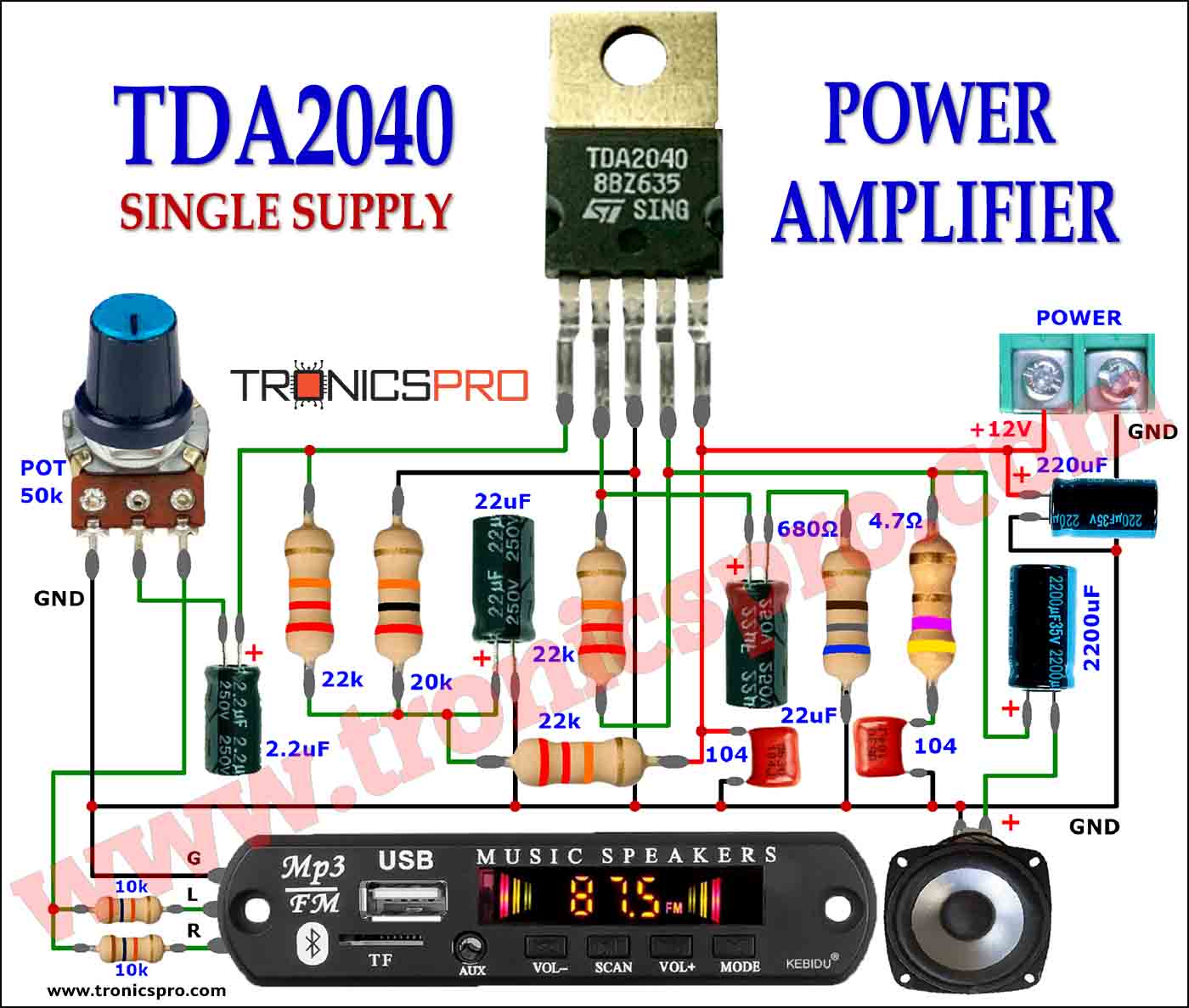
Components List of DIY Digital Soldering Station
Following is the list of all components used in this project:
- 1x Arduino Nano
- 1 X MAX6675
- 1x 16×2 LCD
- 1X BC547 Transistor
- 1X 1N4148 Diode
- 1x 1K Resistor
- 1x 5V Relay
- 2x 2 Pin Terminal Blocks
- JUMPER WIRES
Explanation of DIY Digital Soldering Station
The first step in making a DIY digital soldering station is to gather all the necessary materials. These include the Arduino Nano board, the OLED display module, PCB board etc., the list of all material is provided above.
Step 2: Design the circuit
The next step is to create a schematic diagram of the circuit. This will help you determine the placement of the components and how they will be connected. The circuit will consist of an Arduino Nano, OLED display module, thermocouple sensor, power jack, and PCB board. The circuit diagram is provided above to download.
Step 3: Build the DIY Digital Soldering Station circuit
After designing or downloading the circuit, it is time to build it. Start by soldering the components onto the PCB board, link of Gerber files is provided above for download. Begin with the resistors and diode, followed by the thermocouple sensor and the power jack. Connect the OLED display module and the Arduino Nano board, ensuring that the pins are aligned correctly.
Step 4: Connect the soldering iron
The next step is to connect the soldering iron to the circuit. Begin by removing the heating element from the soldering iron. Then, connect the two wires from the heating element to the PCB board using a screw terminal block. Attach the thermocouple sensor to the soldering iron and insert it into the tip of the soldering iron. Ensure that the heating element and thermocouple sensor are securely attached to the soldering iron.
Step 5: Test the circuit
Before using the digital soldering station, it is important to test the circuit to ensure that it is working properly. Connect the power jack to a 12V transformer and plug it into a power outlet. The OLED display should turn on, and you should be able to see the temperature readings displayed on the screen. Use the temperature control feature to adjust the temperature of the soldering iron. Watch video below for complete information, how to adjust and calibrate the temperature.
Conclusion of DIY Digital Soldering Station
A digital soldering station is a valuable tool for electronic repair work as it provides precise temperature control and is a safer alternative to traditional soldering irons. Although commercial soldering stations can be quite expensive, you can make your own DIY digital soldering station using an Arduino Nano. The steps involved in making the digital soldering station include gathering the necessary materials, designing the circuit, building the circuit, connecting the soldering iron, and testing the circuit. By following these steps, you can make your own digital soldering station at a fraction of the cost of a commercial station.
More projects, You may like:
- Video Transmitter DIY Homemade FM Radio Transmitter
- Adjustable Power Supply DIY Battery Charger
- 12V-220V 500 Watt inverter DIY Homemade
- 12V-220V H-Bridge Inverter DIY Homemade
- MPPT Solar Charge Controller DIY Homemade
- 18650 battery bank free charge protection module
- D718 B688 Bass Amplifier Homemade DIY
- C5200 Bass Amplifier DIY Homemade with Volume
- DIY LA4440 bass amplifier homemade
- C5200 A1943 TDA2030 Amplifier DIY Homemade



